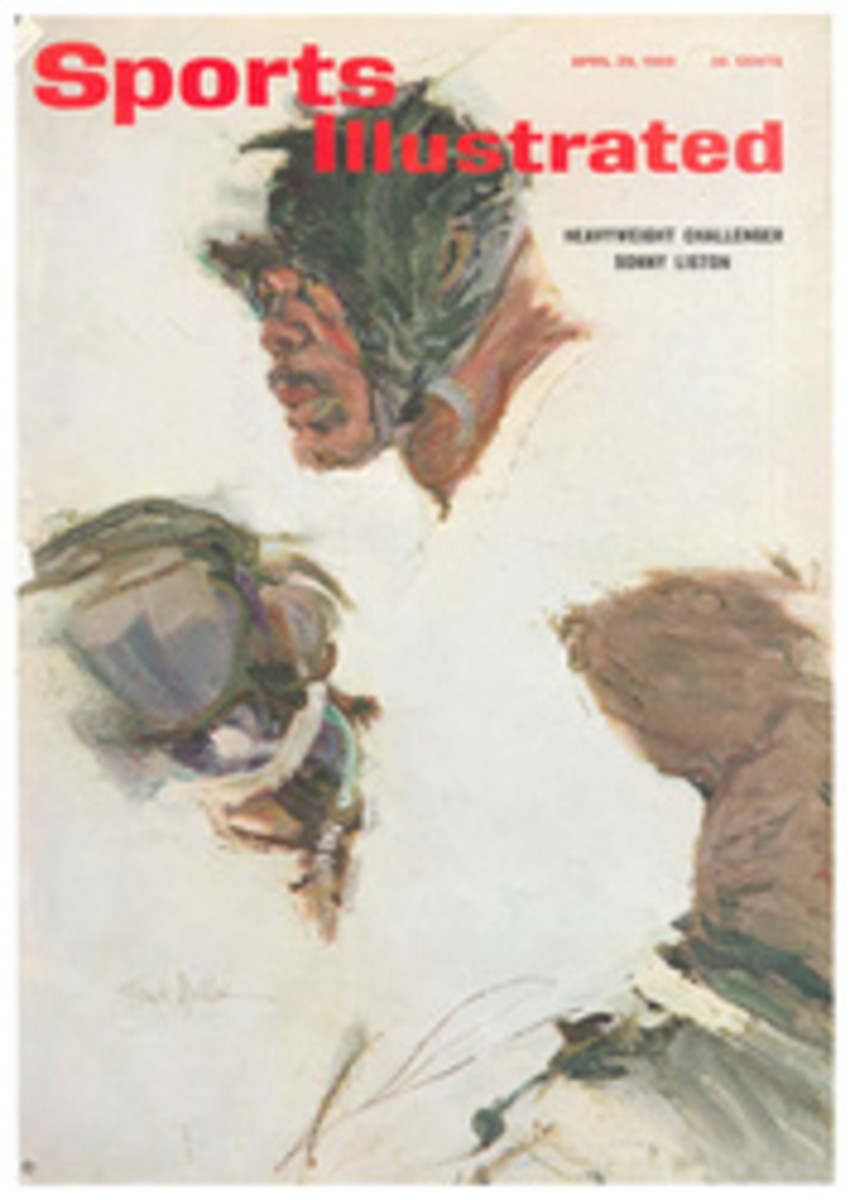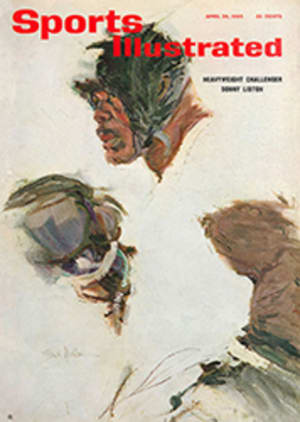
LETTER FROM THE PUBLISHER
The first Saturday in May at Churchill Downs is not merely the day of the Derby; it is also the climax of all the amiable Kentucky hospitality that traditionally precedes the race—the luncheons, balls, Derby Eve dinners and Derby Day breakfasts that fill Derby Week in Louisville with glamor and charm. Liz Smith, in a report that starts on page 40, has documented the lighthearted ingredients that contribute to the amusement, confusion and excitement of Derby Week. The accompanying photographs by Richard Meek parade that magnificent setting of white-pillared houses, flowering trees, quiet gardens and broad lawns that sometimes make it seem Kentucky was specially designed as a place where parties should be held.
Not that Kentucky has a monopoly on fine places for social events that take their theme from sports events. At Warrenton, Va. around this time of year the rolling hills are a tranquil green, and the members of the Warrenton Hunt are preparing for the heady round of entertainment that goes with the annual running of the Virginia Gold Cup, traditionally held on the same day as the Kentucky Derby. (Traditionally, too, the crowd of 10,000 or so takes time off from the timber race to listen to the Derby results.) The most fashionable hunt race of them all, the Maryland Hunt Cup, credited with being the oldest and toughest timber race in the U.S., comes along when spring has advanced north of Baltimore, and the seclusion of Worthington Valley provides a superb setting for the entertainments that go with the race.
In the course of covering sports our writers have accumulated a good deal of experience at these peripheral social events. When Gil Rogin sailed from San Pedro to Hawaii on one of the boats in the Trans-Pacific Race the social life began before the start, with a party for the crews of some 40 boats at the Huntington Hotel in Pasadena; and parties began in Hawaii as soon as Diamond Head was sighted. Since each boat's sponsor was host to another party for his crew as soon as it arrived, and the boats came in two or three days apart, Rogin found himself caroming from one gathering to another.
Patricia Ryan has discovered a holdover of genuine rustic charm at the parties around the classic harness races: before the Little Brown Jug at Delaware, Ohio, there are picnics in the apple orchard beside the track, with sturdy country food like fried chicken and potato salad washed down with bourbon; The Hambletonian at DuQuoin, Ill. has an annual garden-and-rumpus-room party before the race, given by Don Hayes and his sister-in-law, Mrs. Leah Hayes, who have twin mansions right on the fairgrounds.
Writers in other departments have equally fine pickings. Our football people have come upon the same menus of fried chicken and potato salad—with the bourbon discreetly flasked—in stadium parking lots from Baton Rouge to West Point, as well as at forthright Ivy League tailgate parties (martinis preferred). All New Year's Day bowl games, live or on TV, begin with either waking-up or hangover parties. Bing Crosby is the master of ceremonies at the party that always winds up the Crosby Pro-Am; the magnificent Fire-stone picnic is an annual feature of the Indianapolis 500; Tennis Week occurs amid the ceaseless summer parties at Newport, and the yacht-and-mansion festivities there during the America's Cup are historically splendid affairs. As Liz Smith makes clear, the parties come about because of the sporting events, not the other way around. And as they flourish, they enhance the pleasure of the events and become part of them, making them of journalistic (as well as personal) interest.

